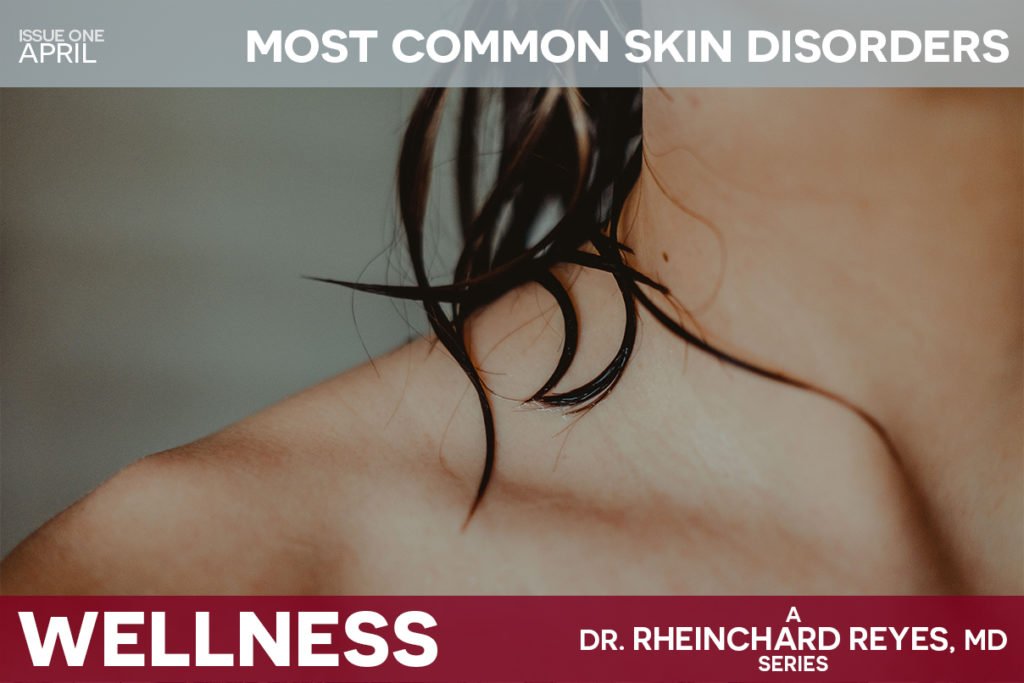There are a variety of human skin disorders that range from chronic to acute effects. If you’re living with a skin condition, you may find it interferes with your lifestyle. The best way to manage any skin condition is to get a proper diagnosis from your doctor and obtain a proper course of treatment. The following are common skin conditions and their symptoms:
Dry skin
Often referred to as xerosis, dry skin is a common condition that can be set off by different triggers and at any time. In some cases, extremely dry skin can be a sign of dermatitis- a general term that’s defined by a noncontagious, red, swollen, itchy rash on the skin. Dermatitis can worsen if left untreated and may cause skin to develop a layer of crust, flake off, blister or ooze.
The proper combination of medication and/or self-care methods can help you find relief from the uncomfortable symptoms that come with dry skin and dermatitis.
Athlete’s foot and jock itch
You don’t have to be an athlete to get athlete’s foot. The tinea fungus that causes athlete’s foot thrives in warm, moist places like showers, locker rooms, around pools, and places where athletes can be found; hence, the name.
Jock itch, like athlete’s foot, is caused by the tinea fungus. It is the location in which the fungus is found that gives these conditions their respective names.
This common and contagious fungal infection can affect anyone at any age but can easily be treated with the proper antifungal medication. Left untreated, athlete’s foot and jock itch can make your skin increasingly itchy and irritated and can lead to a more severe infection.
Seborrheic dermatitis
Seborrheic dermatitis primarily affects the scalp but can be found in other oily areas of the body like eyebrows, sides of the nose, eyelids, ears, and chest. In infants, it’s also known as cradle cap. This noncontagious, prevalent skin condition can cause severe dandruff, redness, and itchy, scaly patches of skin.
Seborrheic dermatitis may clear up on its own or you may require repeated self-care treatments before eliminating symptoms. You may experience heightened symptoms during cold and dry seasons and if your stress levels are high.
Millions in the U.S. and around the world suffer from one or more skin conditions; Individuals with diabetes may experience some of the symptoms described and other forms of skin ailments. If you are experiencing any combination of these symptoms or if they’re severe enough to interfere with your lifestyle and daily routine, contact your primary care physician for a proper examination and diagnosis.
Sources:
https://www.medicalnewstoday.com/articles/316622.php
https://www.aad.org/public/diseases/dry-sweaty-skin/dry-skin
https://www.webmd.com/skin-problems-and-treatments/athletes-foot-myths
https://www.mayoclinic.org/diseases-conditions/seborrheic-dermatitis/symptoms-causes/syc-20352710
https://www.aad.org/media/stats/conditions/skin-conditions-by-the-numbers


